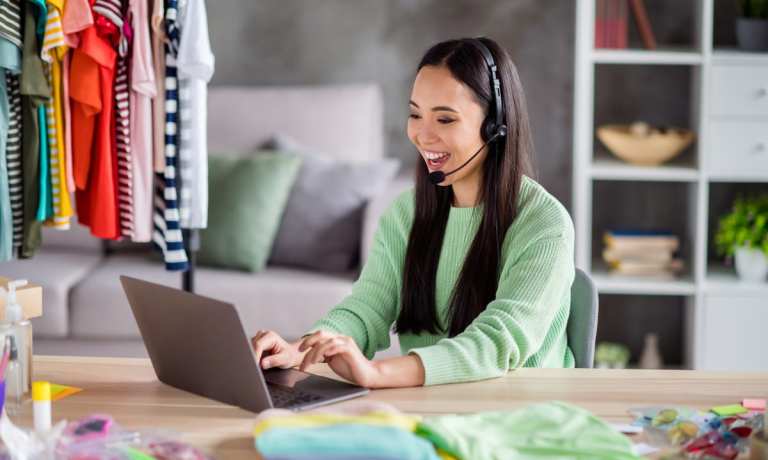
The concept of the B2B marketplaces is nothing new — in fact, it’s an idea that had its roots in the late 1990s and early 2000s when Ariba and Commerce One and many others took a shot at organizing buyers and suppliers online for the purpose of discovering each other and doing business.
Like many things, technology and tools, including digital payments, have made B2B marketplaces more commonplace — and more successful — than their predecessors, even though many still take payments for services offline.
But that is changing.
The pandemic has amplified their need, and even accelerated their success. In fact, one study found that 75 percent of B2B buyers and sellers now want to make purchases or interact with business partners online, and another report found that 90 percent of B2B sales across 11 countries are now being made using virtual tools, such as videoconferencing or website services.
B2B marketplaces are also reinventing themselves by adding new ways for buyers and suppliers to interact. Integrating virtual trade shows into these marketplaces creates new incentives for buyers and suppliers to show up during a specified period of time to do business – just as they would in the pre-pandemic days of convention centers and trade show booths.
It’s a concept that Paul Lee, CEO of NHN Global, the parent company of B2B wholesale fashion marketplace FashionGo, has embraced. Earlier this month (February 8 – 12), FashionGo hosted its second virtual FashionGo Week, following a similar event that had been held in August. At the most recent virtual confab, buyers and vendors were able to connect directly online; FashionGo also hosted live chats for retailers and wholesalers.
“Many retailers are transitioning and developing their online presence for obvious reasons and investing in their online sales,” Lee said. “And I would say some of our retailers who have online storefront only have enjoyed record sales during a peak season since September 20th.”
Lee told PYMNTS’ Karen Webster that he believes there’s room for a new, hybrid model that takes the brick and mortar trade show and makes it a virtual event inside of a B2B marketplace. For the 1,400 brands or vendors and more than 756,000 registered retailers already on the FashionGo platform, it offered buyers and suppliers a more cost-effective and efficient way to get together and do business.
“From a time commitment standpoint there are only so many vendors and brands that you’re going to make appointments with [at a physical trade show],” said Lee. “But the virtual option can be, essentially, limitless in terms of the interactions to browse or procure merchandise.”
“You can’t quite replicate a physical trade show in its entirety,” said Lee. “You attend the physical shows to make the connections and feel the merchandise.”
But the digital show has helped level the playing field, he contended. The smaller boutique owner or retailer who might not have had the resources to send personnel to past in-person shows – flying them, putting them up at hotels, setting up travel and expense credit accounts – now can just login from home or the office (likely home for now) and participate in a trade show.
Payments In The Mix
Lee noted the company traces its roots back to 2002, when convincing suppliers they needed to sell goods online — through platforms, no less — might have been a bit of a stretch.
Back then, he said, “you had your own showroom where buyers would come to you — or you’d go to a trade show.”
Over the years, Lee said that the platform has introduced tech to make the process of buying online less friction-filled then going to showrooms to browse and for purchases to be made in real time. That helps buyers and suppliers see which trends are on-trend and moving quickly, which also informs supply chain decisions to match supply with demand.
Through the search functions embedded by FashionGo’s parent company, he said, buyers can make purchasing decisions quickly, through text-based or visual search. The marketplace even allows users to source merchandise they’d like to procure using pictures of styles they’ve seen elsewhere and be presented with comparable offerings.
“It’s a data-driven marketplace, and more than ever, retailers really need to know what they need to buy for higher sell-through,” Lee remarked.
There can be no commerce, of course, without payments, and Lee noted that payments are embedded in the platform through FG Pay, a secure solution powered by Stripe where all credit card data is tokenized.
“Having one payment gateway for our retailers is convenient,” he said, “because we’ve streamlined the checkout process where retailers can check out multiple vendors or brands at one time and pay for all of their orders at once.”
Lee says that there are reasons to believe the transition to digital trade shows as marketplace add-ons will stick. Though he said that he is seeing some trade shows tiptoe back to physical venues — or at least schedule them for later in the year or beyond — buyers have been looking for ways to procure merchandise now since their own survival depends on having inventory to sell. The digital retail shift for consumers doesn’t mean that they’ll never go back inside the physical retail store, but when they do, the experience — and the motivation for doing so — will be different.
“This migration to online, to digital formats was accelerated by COVID,” said Lee, and a three-to-five year pivot has been truncated into a single year. “It was a matter of when and how, not if,” he said.